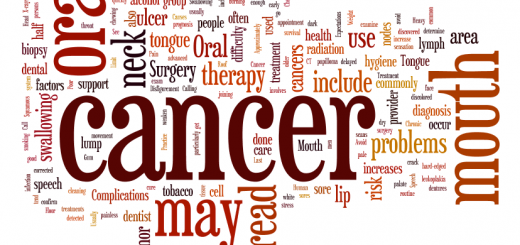The longer a patient with a positive screening result waits for diagnostic testing, the worse their cancer outcomes may become, according to a literature review of breast, cervical, colorectal, and lung studies in the journal CA led by researchers at the Perelman School of Medicine at the University of Pennsylvania.
After a patient receives a positive cancer screening result, the next recommended step is a follow-up evaluation with diagnostic testing, a CT scan for example, which is key to confirm the absence or presence of cancer(s) and the severity of any that may be present.
Although the findings of this research follow the longstanding conventional wisdom, this literature review backs up this message with patient outcome data. The authors make clear that each patient's cancer trajectory is different and there is no established timeframe that is OK to wait before a diagnostic test without risk of cancer progression.
The paper offers suggested targets for each of the four cancers within which diagnostic testing should be performed. The targets range from 60-90 days, but were not able to ascribe a certain number of risk points based on exactly how long a patient waits. For example, on average, cervical cancer takes longer to progress than lung cancer does, but the authors caution against ascribing a safe period to wait or saying it's safe to wait a little longer if you have cervical cancer vs another type based on the limited body of knowledge to date.
The National Academy of Medicine has identified improving the timeliness and patient-centeredness of care as an important unmet health priority. Screening is proven to reduce the risk of death from some cancers and is currently recommended at grade A or B by the US Preventive Services Task Force in eligible persons for breast, cervical, colorectal, and lung cancers, which enables full coverage of those services under the Affordable Care Act.
Future research will aim to identify the appropriate data to identify time intervals during which it is potentially safe to wait before undergoing diagnostic testing.
Doubeni and his colleagues note that prompt diagnostic testing may also reduce mortality risk, and may also reduce worries about uncertainty about the procedure. Additionally, sooner is better, as provider or system delays in follow-up may increase the likelihood that diagnostic testing may not occur at all, such as changes in patient contact information or insurance coverage changes.
Based on the few direct studies cited, overall, there is evidence that if you wait longer than 60-90 days, generally cancer will progress. This is not surprising biologically, but the paper provides guidance on how to set metrics to measure improvement. Next steps for the research will seek out the most effective interventions to reduce the time to diagnosis for vulnerable and minority populations, and any patients who have barriers to timely follow up.
